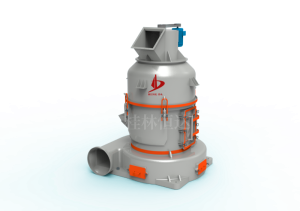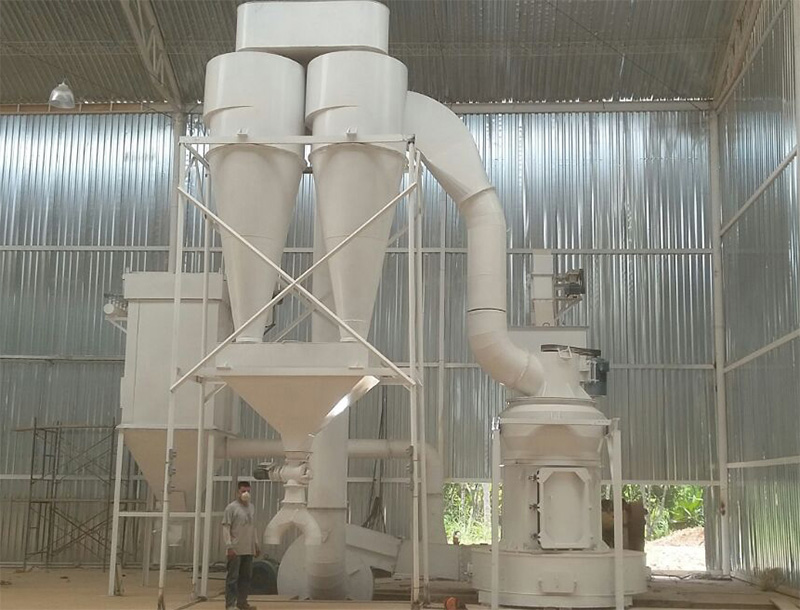1. Hardness of the material. The harder the material, the more difficult it is to grind Raymond powder, and the more serious the wear of the equipment. Raymond grinding speed is slow, of course, Raymond grinding ability is small.
2. The humidity of the material, that is, when the moisture content in the material is large, the material is easy to adhere in the Raymond pulverizer, and it is also easy to be blocked in the process of blanking and transportation, resulting in the reduction of Raymond pulverizing capacity.
3. The fineness of materials after Raymond milling requires high fineness, that is, the finer the materials from Raymond milling, the smaller the Raymond milling capacity.
4. As for the composition of materials, the more fine powders contained in the materials before Raymond grinding will affect Raymond grinding, because these fine powders are easy to adhere and affect transportation. For those with a large amount of fine powder, they should be screened in advance.
5. Viscosity of the material. That is, the greater the viscosity of the material, the easier it is to adhere.
6. The better the wear resistance of Raymond grinding parts (hammer head and jaw plate) of Raymond mill, the greater the Raymond grinding capacity. If it is not wear-resistant, it will affect the Raymond grinding capacity.









